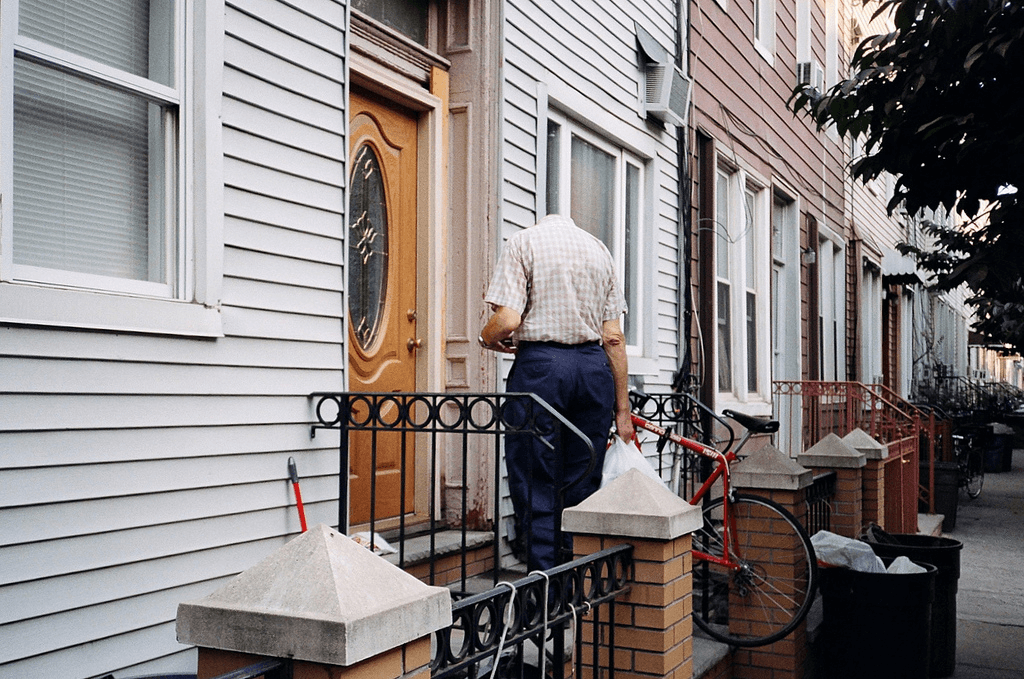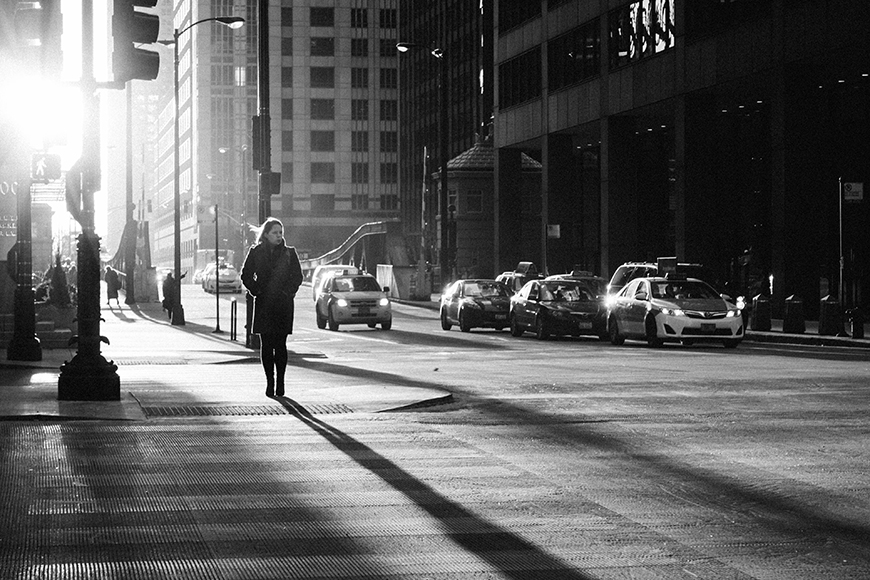A Biased View of Street Photographers
A Biased View of Street Photographers
Blog Article
The Basic Principles Of Street Photographers
Table of ContentsExamine This Report about Street PhotographersStreet Photographers Things To Know Before You BuyWhat Does Street Photographers Do?The Single Strategy To Use For Street PhotographersUnknown Facts About Street Photographers
A category of photography that documents daily life in a public location. The very publicness of the setup allows the digital photographer to take honest photos of complete strangers, frequently without their knowledge. Road digital photographers do not necessarily have a social purpose in mind, yet they like to isolate and capture minutes which may otherwise go undetected (Street Photographers).He was affected by numerous of those who influenced the road photographers of the 1950s and '60s, he was not primarily interested in capturing the spirit of the street. The impulse to visually record people in public began with 19th-century painters such as Edgar Degas, douard Manet, and Henri de Toulouse-Lautrec, that worked side by side with digital photographers attempting to catch the significance of urban life.
Unlike Atget, digital photographer Charles Marville was hired by the city of Paris to create an encyclopaedic paper of Haussmann's metropolitan preparation project as it unfolded, thus old and new Paris. While the digital photographers' subject was essentially the very same, the outcomes were significantly various, showing the influence of the professional photographer's intent on the personality of the photos he generated.
Provided the fine quality of his photos and the breadth of product, designers and musicians often bought Atget's prints to use as reference for their own job, though business interests were hardly his main inspiration. Instead, he was driven to photograph every last residue of the Paris he enjoyed.
Street Photographers Fundamentals Explained
They disclose the city with his eyes. His job and basic understanding of digital photography as an art type served as inspiration to generations of photographers that adhered to. The next generation of road digital photographers, though they likely did not refer to themselves thus, was ushered in by the photojournalism of Hungarian-born professional photographer Andr Kertsz.
Unlike his peers, Brassa used a larger-format Voigtlnder electronic camera with a longer direct exposure time, requiring him to be extra calculated and thoughtful in his practice than he may have been if using a Leica. (It is believed that he might not have had the ability to afford a Leica back then, but he did, nonetheless, utilize one in the late 1950s to take colour pictures.) Brassa's pictures of the Paris underworld illuminated by artificial light were a revelation, and the compilation of the collection that he released, (1933 ), was a major success.
Cartier-Bresson was a champion of the Leica cam and among the first digital photographers to optimize its capabilities. The Leica enabled the photographer to communicate with the environments and to record moments as they occurred. Its fairly tiny address dimension also helped the professional photographer discolor right into the history, which was Cartier-Bresson's recommended approach.
The Basic Principles Of Street Photographers
It is due to this fundamental understanding of the art of picture taking that he is frequently attributed with over at this website rediscovering the tool throughout once more approximately a century given that its development. He took pictures for greater than a half century and influenced generations of professional photographers to trust their eye and intuition in the moment.
These are the questions I will try to respond to: And after that I'll leave you with my own interpretation of road photography. Yes, we do. Let's kick off with specifying what an interpretation is: According to (Street Photographers) it is: "The act of specifying, or of making something guaranteed, distinctive, or clear"
No, certainly not. The term is both limiting and misguiding. Sounds like a street digital photography must be pictures of a streets appropriate?! And all street photographers, with the exception of a handful of absolute newbies, will completely appreciate that a road is not the crucial component to road photography, and actually if it's a picture of a road with possibly a few uninteresting individuals doing absolutely nothing of passion, that's not road digital photography that's a picture of a street.
Excitement About Street Photographers
He makes a valid factor do not you think? While I concur with him I'm not certain "candid public photography" will catch on (although I do kind of like the term "candid digital photography") due to the fact that "road photography" has Extra resources been around for a long time, with numerous masters' names attached to it, so I believe the term is below to stay (Street Photographers).
Inside?! I hear you shout as you shake your hand to the sky. Why not? You can fire at the beach, at an event, in a street, in a park, in a piazza, in a coffee shop, at a gallery or art gallery, in a city terminal, at an occasion, on a bridge, under a bridge ...

Rumored Buzz on Street Photographers

Report this page